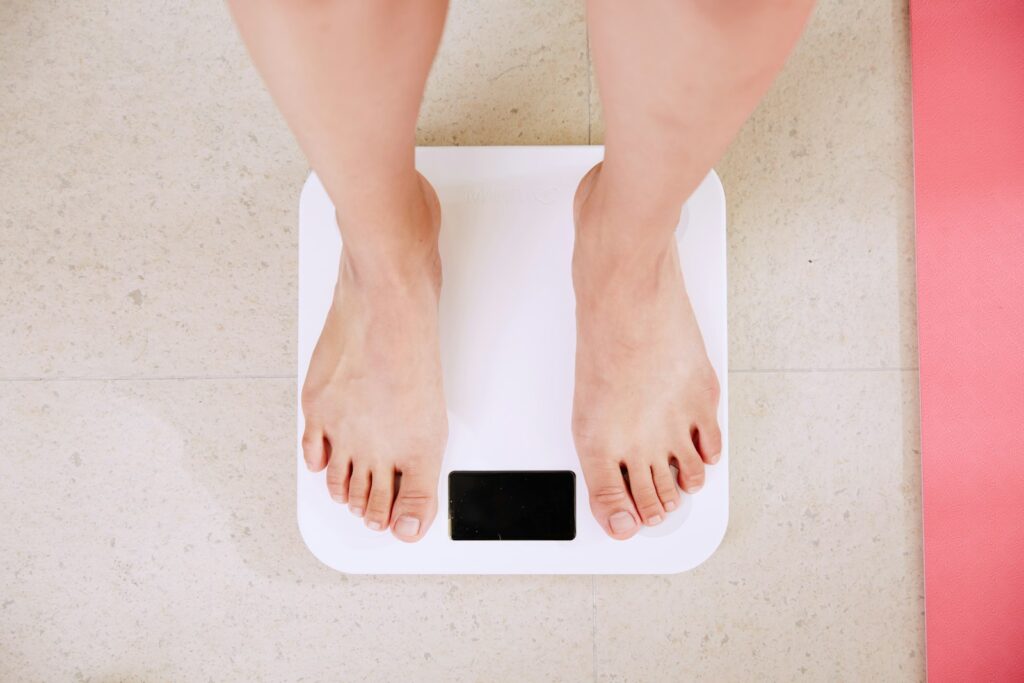A heart-healthy diet is one of the most effective ways to prevent heart disease, high blood pressure, and stroke. The right foods can help lower cholesterol, reduce inflammation, and regulate blood pressure, while the wrong choices can increase the risk of cardiovascular problems.
In this guide, we’ll explore the best diet for a healthy heart, the top foods to eat, and what to avoid to keep your heart strong and functioning optimally.
Why Diet Matters for Heart Health
The food you eat directly impacts your cholesterol levels, blood pressure, blood sugar, and inflammation—all of which affect heart health.
A heart-friendly diet:
✔️ Lowers bad cholesterol (LDL) and raises good cholesterol (HDL)
✔️ Reduces blood pressure and improves circulation
✔️ Supports healthy blood sugar levels
✔️ Prevents plaque buildup in arteries
✔️ Reduces the risk of heart attacks and strokes
Now, let’s dive into the best and worst foods for your heart.
The Best Foods for a Healthy Heart
1. Fatty Fish (Salmon, Mackerel, Sardines, Tuna)
✅ Why It’s Good: Rich in omega-3 fatty acids, which reduce inflammation and lower triglycerides.
🔥 How to Eat: Aim for two servings per week of wild-caught fish.
2. Leafy Greens (Spinach, Kale, Swiss Chard, Arugula)
✅ Why It’s Good: High in antioxidants, vitamins, and nitrates that help lower blood pressure.
🔥 How to Eat: Add to salads, smoothies, or stir-fries.
3. Berries (Blueberries, Strawberries, Raspberries, Blackberries)
✅ Why It’s Good: Packed with antioxidants that reduce inflammation and prevent oxidative stress.
🔥 How to Eat: Enjoy as a snack, in yogurt, or blended into a smoothie.
4. Nuts & Seeds (Almonds, Walnuts, Chia Seeds, Flaxseeds)
✅ Why It’s Good: Loaded with healthy fats, fiber, and magnesium, which help lower cholesterol.
🔥 How to Eat: A handful daily as a snack or sprinkled over salads.
5. Whole Grains (Oats, Brown Rice, Quinoa, Whole Wheat Bread)
✅ Why It’s Good: Rich in fiber, which helps lower cholesterol and regulate blood sugar.
🔥 How to Eat: Replace white bread and pasta with whole grain alternatives.
6. Avocados
✅ Why It’s Good: High in monounsaturated fats that improve cholesterol levels.
🔥 How to Eat: Add to salads, toast, or blend into smoothies.
7. Beans & Legumes (Lentils, Chickpeas, Black Beans, Kidney Beans)
✅ Why It’s Good: Excellent plant-based protein source that helps regulate cholesterol and blood sugar.
🔥 How to Eat: Use in soups, salads, or as a meat alternative.
8. Olive Oil (Extra Virgin Olive Oil)
✅ Why It’s Good: Contains anti-inflammatory properties and helps reduce heart disease risk.
🔥 How to Eat: Use for cooking or as a salad dressing.
9. Dark Chocolate (70% Cocoa or Higher)
✅ Why It’s Good: Rich in flavonoids, which support heart health and improve circulation.
🔥 How to Eat: A small square daily as a treat.
10. Green Tea
✅ Why It’s Good: Contains powerful antioxidants that reduce inflammation and lower cholesterol.
🔥 How to Drink: Enjoy 1-2 cups daily without added sugar.

Foods to Avoid for a Healthy Heart
1. Processed Meats (Bacon, Sausages, Hot Dogs, Deli Meats)
❌ Why It’s Bad: High in sodium and preservatives, increasing blood pressure and heart disease risk.
2. Sugary Drinks (Soda, Sweetened Coffee, Energy Drinks, Fruit Juices)
❌ Why It’s Bad: Causes blood sugar spikes and contributes to obesity and inflammation.
3. Fried Foods (French Fries, Fried Chicken, Onion Rings, Doughnuts)
❌ Why It’s Bad: Loaded with trans fats that raise bad cholesterol and clog arteries.
4. White Bread, Pasta, and Refined Grains
❌ Why It’s Bad: Stripped of fiber, causing blood sugar spikes and contributing to obesity.
5. Fast Food and Processed Snacks (Chips, Packaged Pastries, Instant Noodles)
❌ Why It’s Bad: High in salt, unhealthy fats, and artificial additives.
6. Excess Alcohol
❌ Why It’s Bad: Increases blood pressure and triglycerides, contributing to heart disease.
7. Canned Soups and Processed Foods High in Sodium
❌ Why It’s Bad: Excess salt raises blood pressure and increases heart disease risk.
8. Margarine and Hydrogenated Oils
❌ Why It’s Bad: Contain trans fats that raise cholesterol and promote inflammation.
Heart-Healthy Eating Tips
✔️ Follow the 80/20 Rule – Eat heart-healthy foods 80% of the time, and allow indulgences in moderation.
✔️ Cook at Home – Preparing meals yourself reduces sodium and unhealthy fats.
✔️ Read Food Labels – Avoid processed foods high in trans fats, sugar, and sodium.
✔️ Practice Portion Control – Eating in moderation helps maintain a healthy weight.
✔️ Stay Hydrated – Drink at least 8 glasses of water daily to support circulation.
Final Thoughts
A heart-healthy diet is about balance—choosing nutrient-dense foods that nourish your body while avoiding those that harm your cardiovascular system.
📌 Take Action Today:
Swap processed foods for whole, natural ingredients
Increase your intake of fruits, vegetables, and healthy fats
Cut back on sugar, sodium, and unhealthy fats
By making small, consistent changes, you can strengthen your heart, improve longevity, and reduce the risk of heart disease! ❤️
Remember, you don’t need to overhaul your diet overnight. Start with small, manageable changes—like swapping white bread for whole grain or adding an extra serving of veggies to your dinner plate.
Complement your heart-healthy diet with supplements like CardioForLife Powder to fill in any nutritional gaps and support overall cardiovascular health.
